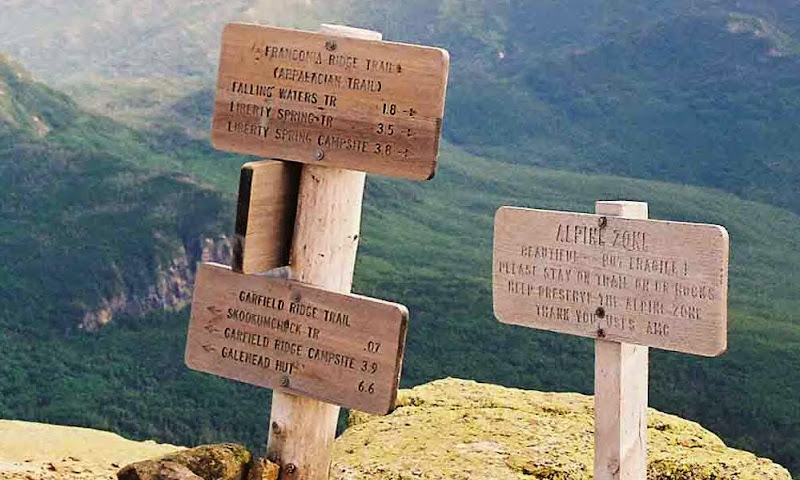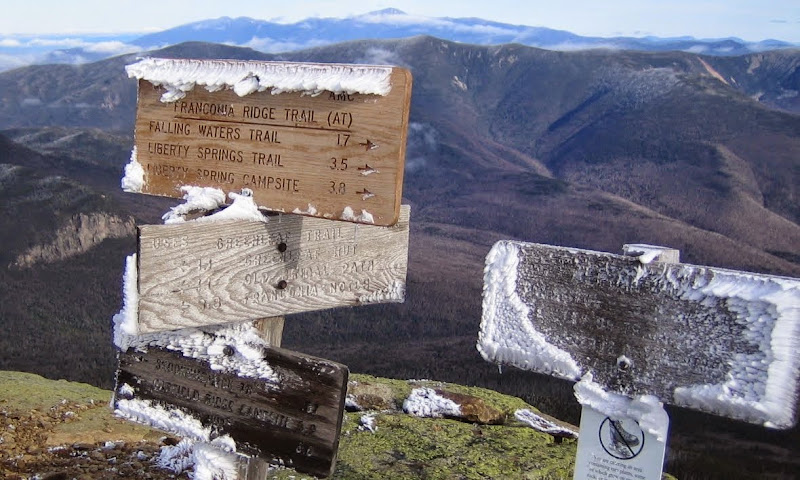JustJoe
Active member
I think the problem with the signage is that it's probably being stolen. Even though a 5K, it's still a tourist hike, so that would not surprise me. I can't find my own pictures but I was sure I've seen a sign there that mentioned the GRT. My first visit in 2001 there was at least one orange sign there. Google images shows several different configurations. Here's a couple. Both of these have a GRT sign.





